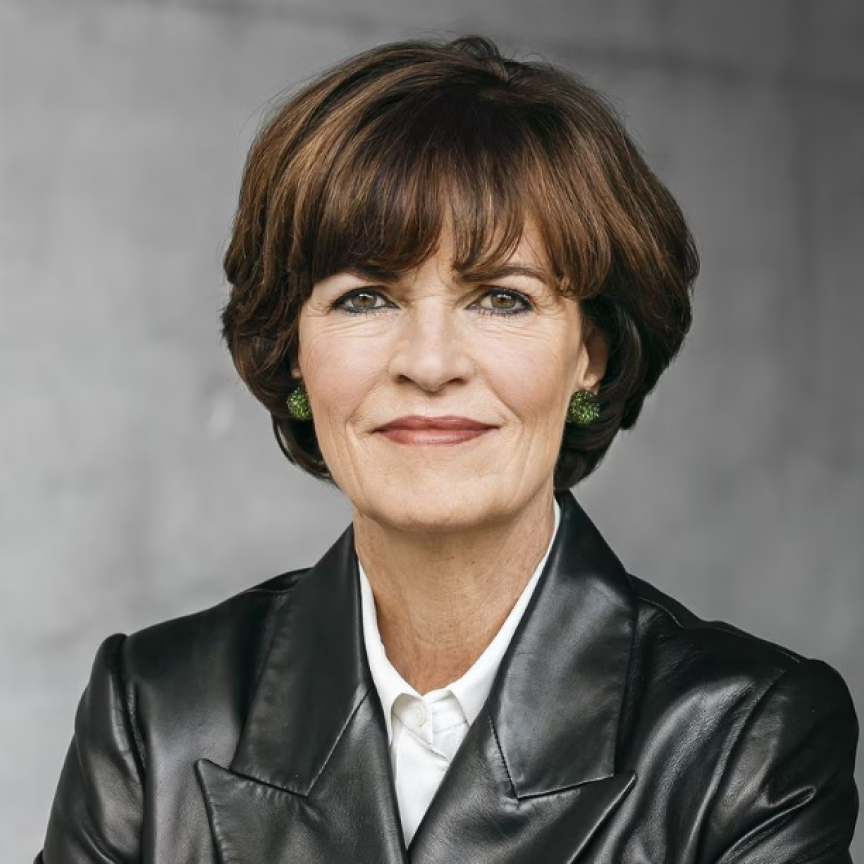A researcher from the University of Salford in the UK is making a major contribution to measuring the effects of climate change by using a laser device to provide some of most detailed data on forest vegetation structure.
Increased levels of carbon dioxide in a warmer atmosphere are expected to change the way forests grow. But although researchers have noted earlier and increased growth of leaves, measurements made from ground-based photos have tended to be imprecise.
This has led some researchers investigating the timing of when deciduous trees come into leaf to turn to sophisticated imaging techniques to automate their measurements. Forest Research, the research arm of the UK Forestry Commission, has installed two cameras monitoring a woodland canopy at its Alice Holt Lodge site in Farnham in Surrey, as described in this article in our sister publication Imaging and Machine Vision.
The new Salford device, however, takes a different approach by firing millions of laser pulses into the forest canopy. Since two wavelengths are used, the scanner is able to record the difference between denser materials such as tree trunks, and the quicker-growing leaves and needles that are relevant to climate study.
Within 25 minutes the SALCA (Salford Advanced Laser Canopy Analyser) can obtain detailed three-dimensional picture of forest canopies. Such comprehensive data sets allow climate scientists to compare growth to detailed climate change models and records of plant lifecycles. The device can also be used to measure the moisture content of leaves in order to provide information about the likelihood of forest fires.
Professor Mark Danson, from the University’s School of Environment & Life Sciences, has been granted a Royal Society Leverhulme Trust Senior Research Fellowship which will enable him to spend the next year refining SALCA. He recently returned from Australia where he ran field experiments to compare SALCA with instruments being developed by groups from the US and Australia.

